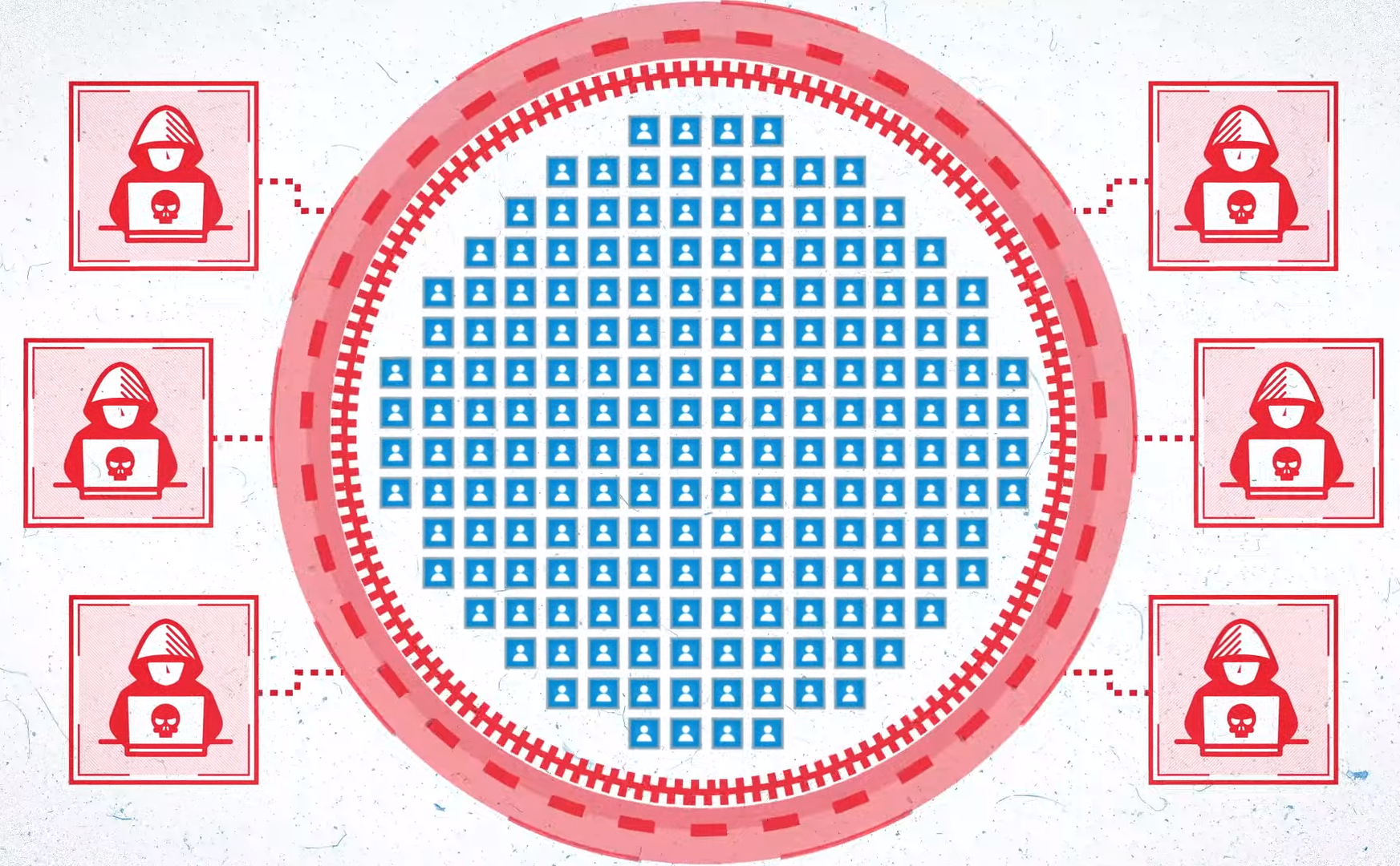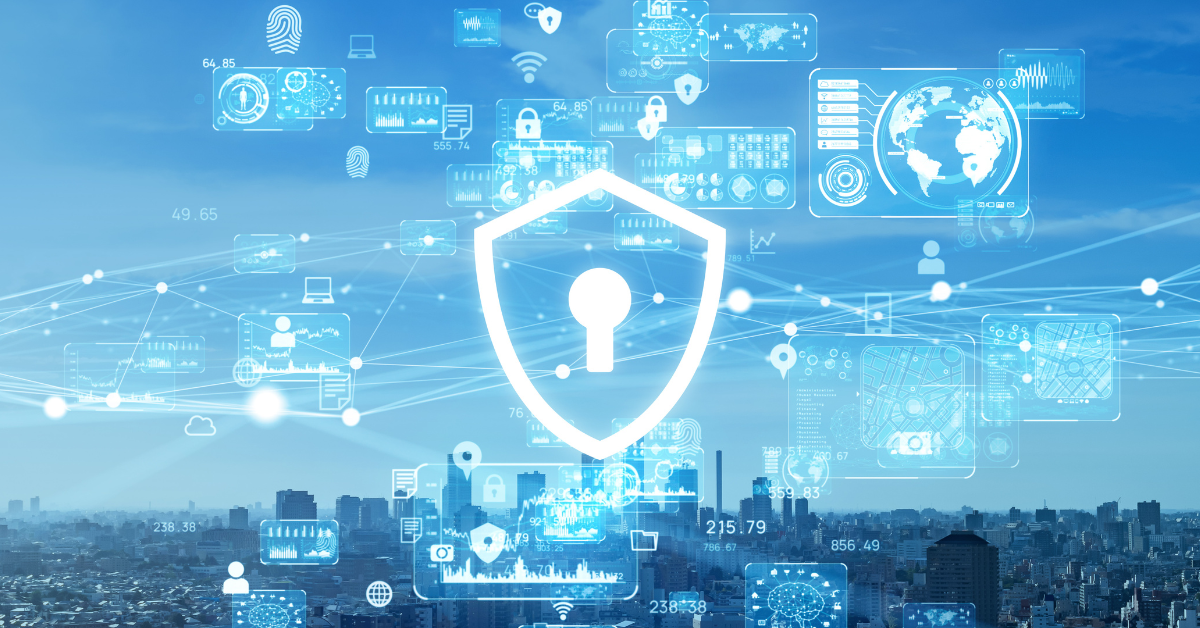To address privacy leaks and improve data security, start by assessing the extent of the damage if a breach occurs. Notify authorities and affected parties promptly for transparency. Secure your accounts with strong, unique passwords and enable two-factor authentication. Regularly review your online presence and limit personal information sharing. Monitor financial accounts for unusual activity. Enhance data security by using encryption, updating software, and educating yourself about phishing.
What Are Privacy Leaks?

Privacy leaks occur when sensitive personal information is unintentionally exposed or made accessible to unauthorized individuals or entities. These leaks can happen in various ways, such as through data breaches, improper handling of data, or even by sharing too much information on social media.
Understanding the Impact of Privacy Leaks
1. Financial Loss
Data breaches can lead to significant financial losses for organizations. This includes the cost of investigating the breach, legal fees, fines, and potential compensation to affected individuals.
2. Reputational Damage
A privacy leak can tarnish an organization’s reputation, eroding the trust of customers, clients, and stakeholders. Rebuilding that trust can be a long and challenging process.
3. Legal Consequences
Privacy breaches often lead to legal consequences. Regulatory bodies have strict requirements for data protection, and non-compliance can result in hefty fines and legal actions.
4. Identity Theft and Fraud
Individuals whose personal information is exposed in a breach can become victims of identity theft and financial fraud, causing immense personal distress
Understanding the Threats
Hacking and Cyberattacks
One of the most prevalent threats to data security is hacking and cyberattacks. Malicious actors constantly seek vulnerabilities in systems to gain unauthorized access to sensitive data. This can lead to data breaches, financial losses, and damage to an individual’s or organization’s reputation.
Besides external threats, insider threats pose a significant risk to data security. Employees or individuals with access to sensitive information can misuse or intentionally leak data for personal gain or malicious intent.
Dealing with Privacy Leaks:
Assessing the Situation
Begin by understanding the scope of the privacy breach. Identifying the data types that have been compromised is essential for developing an appropriate response. Investigate how the privacy leak occurred. Understanding the root cause can help prevent similar incidents in the future. Assess the potential impact of the privacy leak. Consider the potential consequences, including financial loss, reputational damage, and legal implications. This assessment will guide your response strategy.
Notify Authorities and Affected Parties
Once you’ve confirmed a privacy leak, it is crucial to notify the appropriate authorities promptly. This typically involves contacting your bank or credit card company if financial information is at risk. Additionally, consider reporting the incident to local law enforcement or data protection agencies, depending on the severity of the breach.
For organizations, transparent communication with affected individuals is essential. Notify customers or stakeholders about the breach, explaining what data has been compromised and how it happened. Offer guidance on how they should protect themselves, such as changing passwords or monitoring financial accounts closely.
Secure Your Accounts
One of the most critical steps in mitigating the impact of a privacy leak is to change your passwords immediately. Ensure that the new passwords are strong and unique for each account. Consider using a reliable password manager to generate and store complex passwords securely.
Review Your Online Presence
Regularly reviewing your online presence is essential in maintaining your privacy. Check what information is publicly available about you through online searches and social media platforms. Adjust your privacy settings on social media accounts to limit the sharing of personal information, and be cautious about what you post.
Monitor Your Financial Accounts
After a privacy breach, keeping a close eye on your financial accounts is crucial. Monitor them regularly for any unusual or unauthorized activity. If you notice any suspicious transactions, report them to your bank or credit card company immediately. Prompt action can help minimize financial losses.
Legal Measures
Legal action may be necessary depending on the severity of the privacy leak. Consult with legal experts to understand your rights and potential courses of action. It’s important to note that laws and regulations related to data protection vary by jurisdiction, so being well-informed about your legal options is essential.
Improving Data Security:

One of the simplest yet most effective ways to improve data security is by using strong, unique passwords for different online accounts. Passwords should include uppercase and lowercase letters, numbers, and special characters. Consider using a password manager to keep track of your passwords securely.
Two-factor authentication (2FA)
Enabling two-factor authentication adds an extra layer of security to your accounts. Even if someone can obtain your password, they won’t be able to access your account without the second verification step, which is often a code sent to your mobile device.
Regular Software Updates
Outdated software and operating systems are more vulnerable to security breaches. Make it a habit to update your software and applications regularly. Many updates include security patches that fix known vulnerabilities.
Data Encryption
Encrypting your sensitive data can significantly enhance data security. Encryption converts data into a code that can only be deciphered with the correct encryption key. This ensures that the stolen data remains unintelligible to unauthorized parties even if a breach occurs.
Employee Training
For businesses, employee training is crucial. Employees should be educated on the importance of data security and trained to recognize potential threats such as phishing emails. Creating a culture of security awareness within the organization is essential.
Conclusion
Privacy leaks and data breaches are persistent threats in the digital age, but they can be mitigated and prevented with proactive measures. By understanding the consequences of privacy leaks, taking immediate action, and implementing robust data security practices, individuals and organizations can protect their valuable information and maintain trust in an increasingly connected world.
FAQs
What is the first thing I should do if I suspect my data has been compromised?
The first step is to change your passwords immediately, especially for the affected accounts. Then, notify the relevant authorities or organizations, such as your bank or the platform where the breach occurred.
What are the most common methods cybercriminals use to access personal information?
Cybercriminals use various methods, including phishing emails, malware, data breaches, and hacking. Phishing is particularly common, where attackers trick individuals into revealing sensitive information through fraudulent emails or websites.
Is it necessary to report a privacy breach, even if it seems minor or inconsequential?
Yes, it’s essential to report all privacy breaches, regardless of their perceived severity. What may seem minor could be part of a larger attack, and authorities need accurate information to investigate and prevent further breaches.
How can I create strong, memorable passwords?
You can create strong passwords by combining letters (uppercase and lowercase), numbers, and special characters. Avoid using easily guessable information, like your name or birthdate. Consider using a password manager to help you generate and store secure passwords.
What should a business do to improve data security?
Businesses should implement a comprehensive data security strategy, including employee training, regular software updates, encryption, and two-factor authentication. It’s also essential to have a response plan in case of a breach.
What are some common signs of a phishing email?
Common signs of a phishing email include generic greetings, urgent requests for personal information or money, suspicious email addresses, and misspelled words or grammatical errors. Always verify the sender’s identity before responding to such emails.
How can I stay informed about data protection laws in my region?

Stay informed about data protection laws by regularly checking official government websites or consulting with legal experts specializing in data privacy. Laws and regulations can vary by jurisdiction and may change over time, so staying up to date is essential.
